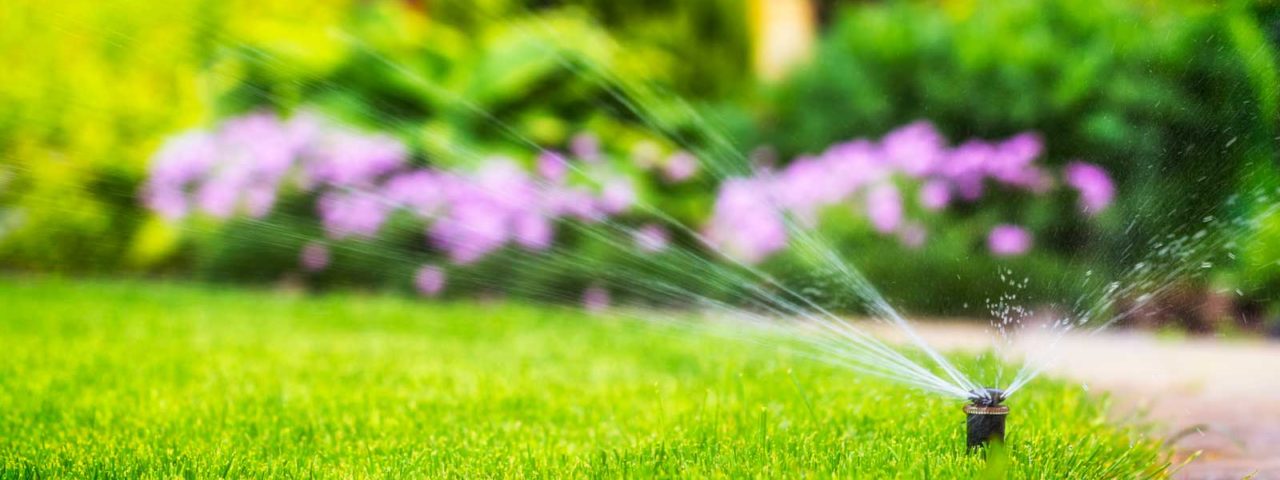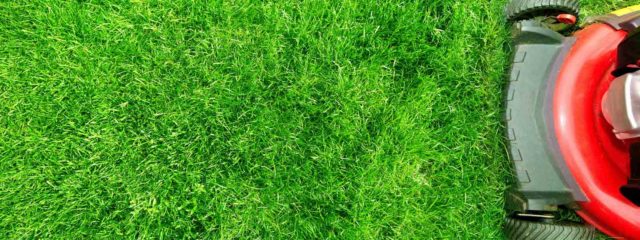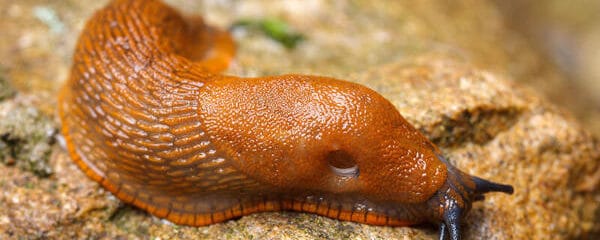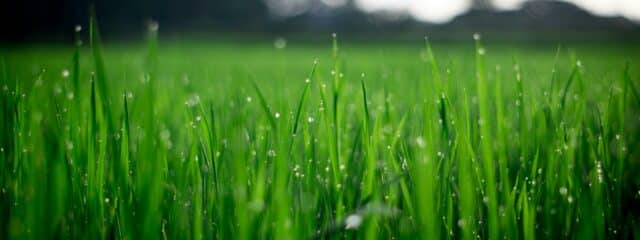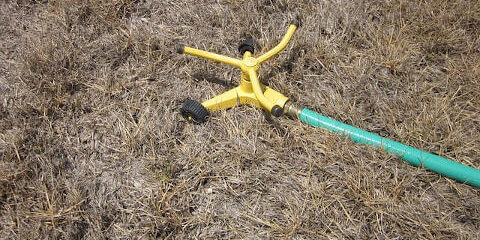Senske considers the challenges of landscaping and yard maintenance in hot climates, which is why this lawn watering guide can answer some important questions when the temperature outside begins to rise. Quenching your lawn’s thirst and caring for the general health of your lawn and the surrounding landscape depends strictly depends on how often you water.
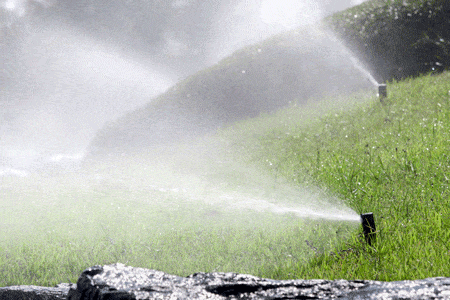
How often should I water my lawn?
When determining how often to water the lawn, remember that most lawns only require watering once every two or three days. There are some important factors to be considered – for example, sandy soils may require more frequent watering.
Certain grass types, such as fine fescue or rye grass, may also need more frequent watering, especially if in direct sunlight. Lengthening the amount of time you water will also help, as well a longer, deeper watering that will drive roots down to where more nutrients and water are available.
When is the best time to water my lawn?
Water in the early mornings or evenings after sunset to minimize evaporation due to sun or windy conditions. This also gives the water time to penetrate deeper into the soil.
How can I tell if my lawn is too dry?
Grass blades will begin to show a purplish tinge to them. You may also notice that when you walk on the lawn, the grass blades will show footprints and not spring back up. Brown spots are a more obvious late sign of a lack of water. Lawns tend to stress on the edges, near walks and driveways. Instead of running your entire system to green up small areas of brown, use a hose and manually water the “Hot Spots”.
You should also check your sprinkler heads to be sure they provide uniform coverage. Spray heads should overlap each other when working properly. To check the amount of water your lawn is receiving, place empty tuna cans or coffee mugs throughout your lawn, run your system, and then measure the amount of water in each container. The containers should show equal water levels. If they don’t, then you will more than likely need to adjust sprinkler heads or spray patterns for the necessary coverage.
Will adjusting irrigation time save water?
Yes, watering needs vary during the season, so you will need to adjust water times to meet those needs. For example, you probably need less water in April due to the cooler weather and expected rainfall than in late May and early June, when the weather begins to heat up. Your lawn will need more water when it is ninety degrees with little to no rainfall during the summer months. Then, as the weather starts to cool down around early fall, you can reduce the watering time.
Will changing mowing height help save water?
Yes, your lawn will need less water and the lawn will have a deeper, greener color. Grass plants need large leaf (blade) size to photosynthesize. We recommend that you mow at a finished cut height of 3 inches to 3.5 inches tall throughout the summer months.
Don’t remove more than 1/3 of the grass blade each time you mow. Leaving mulched clippings helps to cool down your lawn as well as hold moisture in the soil. Prevent tearing grass blades by using a sharp mower blade. A crisp, clean cut will also help prevent a “brown tip” appearance.
What about watering my trees and shrubs?
A well designed drip system for shrub beds is a very effective method of watering.
Trees require deep watering, and we recommend you soak under the drip line of the tree (the ground directly beneath the tips of branches) every other week. Proper tree and shrub fertilization is also a valuable asset in fighting stress-related insect damage and disease. (See our Tree Services page for more information.)
What if I can’t water my lawn?
Severe drought may lead to a restriction on regular lawn watering. An organic or granular fertilizer will not harm the turf, but having nutrients available in the soil will help the recovery process. Weed and insect control applications may benefit the lawn by reducing the severity of turf damage. Contact your local agency for watering guidelines in your area.
Is there anything else that will maximize my watering efforts?
Aeration, aeration, aeration! The lawn aeration process removes cores of soil from your lawn. This allows air, water and nutrients to move deeper into the soil, driving grass roots down and thickening the turf.
Aeration also relieves compaction of the soil, letting water penetrate the surface properly to facilitate deep root growth. Aeration should be part of everyone’s regular lawn care service, and in many cases, is recommended twice yearly.
Senske Lawn Care is Here to Help
Senske is happy to offer lawn care advice. We are confident that these tips will help you save water and maintain a healthy landscape at the same time. If you’re ready to take a proactive approach to a healthy and beautiful lawn, Senske is here for you! Contact us today at (877) 944-4007 or request a free estimate and customized lawn care program.

